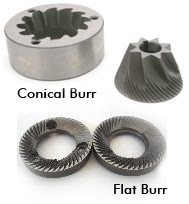 We are often asked what is the best way to store coffee beans?
We are often asked what is the best way to store coffee beans? The factors that make coffee beans deteriorate are exposure to heat, light, and air. Thus, the best way to store beans is in a cool, dark place in the same package they were sold in. Transfer to a new container exposes all the beans to air, and this will increase the rate of deterioration.
After coffee is roasted it releases carbon dioxide, this as called degassing. The coffee we sell comes in a pack that has a one-way valve. This enables the coffee to be packed immediately after roasting before degassing has finished, the carbon dioxide can escape the one-way valve and air is prevented from entering.


